Archives
- 2025-11
- 2025-10
- 2025-09
- 2025-04
- 2025-03
- 2025-02
- 2025-01
- 2024-12
- 2024-11
- 2024-10
- 2024-09
- 2024-08
- 2024-07
- 2024-06
- 2024-05
- 2024-04
- 2024-03
- 2024-02
- 2024-01
- 2023-12
- 2023-11
- 2023-10
- 2023-09
- 2023-08
- 2023-06
- 2023-05
- 2023-04
- 2023-03
- 2023-02
- 2023-01
- 2022-12
- 2022-11
- 2022-10
- 2022-09
- 2022-08
- 2022-07
- 2022-06
- 2022-05
- 2022-04
- 2022-03
- 2022-02
- 2022-01
- 2021-12
- 2021-11
- 2021-10
- 2021-09
- 2021-08
- 2021-07
- 2021-06
- 2021-05
- 2021-04
- 2021-03
- 2021-02
- 2021-01
- 2020-12
- 2020-11
- 2020-10
- 2020-09
- 2020-08
- 2020-07
- 2020-06
- 2020-05
- 2020-04
- 2020-03
- 2020-02
- 2020-01
- 2019-12
- 2019-11
- 2019-10
- 2019-09
- 2019-08
- 2019-07
- 2018-07
-
br Conclusion br Conflict of interest br Acknowledgements br
2024-08-26

Conclusion Conflict of interest Acknowledgements Introduction Human salivary aldehyde dehydrogenase (hsALDH) (E.C. 1.2.1.5) is the first line of defence against toxic aldehydes in the oral cavity. HsALDH is primarily a dimeric, class 3 ALDH (ALDH3A1) specific for aromatic and long/mediu
-
To further clarify the vascular cell types expressing AR sub
2024-08-26

To further clarify the vascular cell types expressing AR subtypes, double immunofluorescence staining for ARs and vascular endothelial chk1 or vascular smooth muscles was performed. As shown in Fig. 3, Fig. 4, overlay images show the expression of all ARs subtypes that we examined in vascular endoth
-
To assess relative metabolic activity and proliferation of c
2024-08-26

To assess relative metabolic activity and proliferation of 78 4 australia attached to various substrates we used the MTT assay [29], [30]. In order to compare the metabolic activity of cells under the various conditions irrespective of the number or viability of the cells, we performed a PicoGreen D
-
The assay performance was estimated using Z
2024-08-26
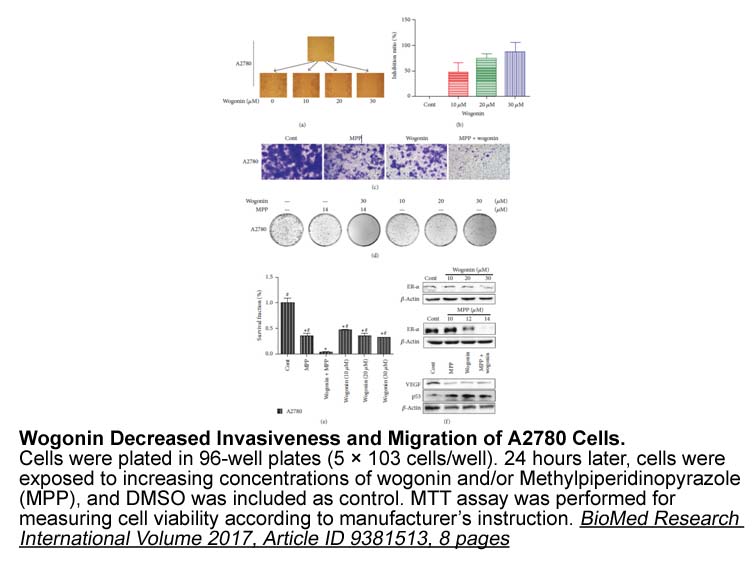
The assay performance was estimated using Z′-factors (plotted in Fig. 2A) according to Zhang et al. calculated for each plate comparing positive (in the absence of an inhibitor) and negative controls (in the presence of an AdK inhibitor). The mean Z′-factor±SD was determined to be 0.7±0.1, indicativ
-
br Occurrence of Inosine in RNA Inosine is widespread
2024-08-26
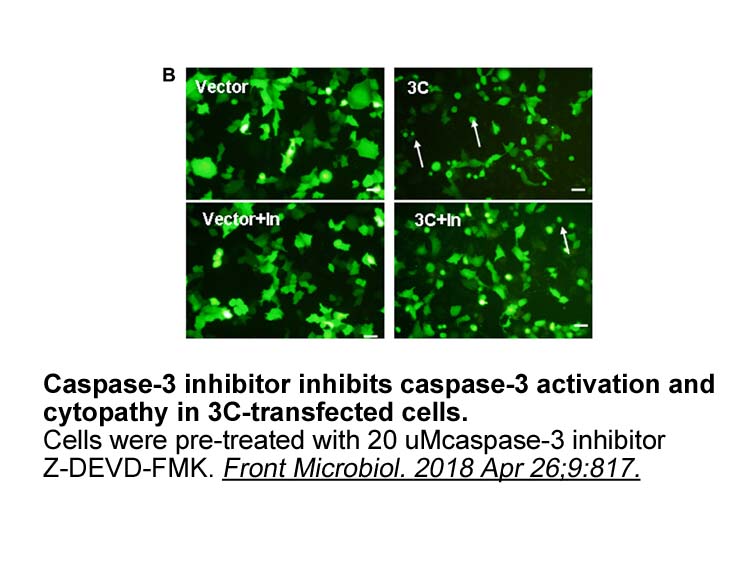
Occurrence of Inosine in RNA Inosine is widespread among various types of RNAs including transfer RNA (tRNA), ribosomal RNA (rRNA), messenger RNA (mRNA), long noncoding RNA (lncRNA), and microRNA (miRNA). Within these RNAs, inosine can appear in different locations as well. Table 1 lists examples
-
br Expression of autotaxin in cancer Autotaxin ATX is a
2024-08-26
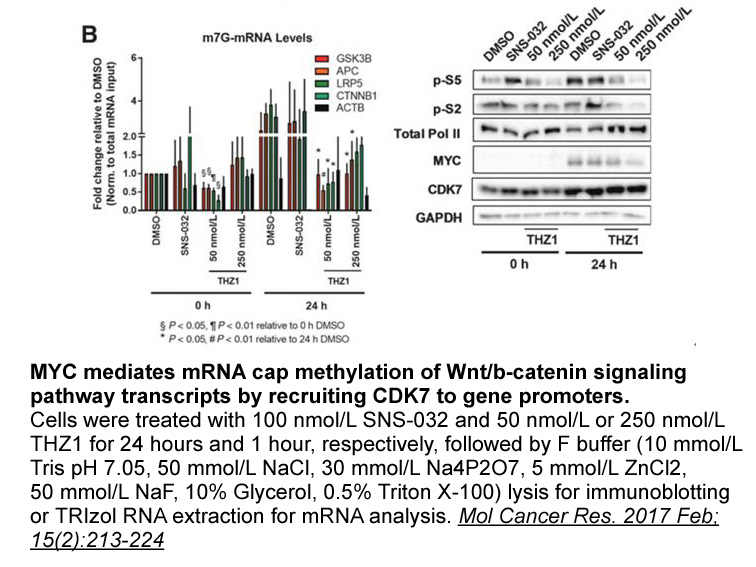
Expression of autotaxin in cancer Autotaxin (ATX) is a member of the family of NPPs (Nucleotides pyrophosphatases phosphodiesterases (NPP) family with a unique lysophospholipase D (lysoPLD) activity, allowing the synthesis of LPA from lysophospholipid precursors such as the lysophosphatidylcholin
-
br Contemporary understanding for alcoholic cardiomyopathy U
2024-08-26

Contemporary understanding for alcoholic cardiomyopathy Up-to-date, a number of theories are postulated for alcoholic cardiomyopathy including generation of mitochondrial reactive oxygen species (ROS), oxidative stress, neurohormonal overactivation (catecholamines and angiotensin II), apoptosis a
-
Temozolomide receptor br Material and methods br Results br
2024-08-23

Material and methods Results Discussion Asparagine, arginine, leucine, methionine, and glutamine are the essential Temozolomide receptor for cancer cells and intensively investigated for the development of selective targeted therapeutics. Among them, asparagine depleting bacterial enzyme a
-
Mitochondrial dysfunction resulting from mtDNA abnormalities
2024-08-23
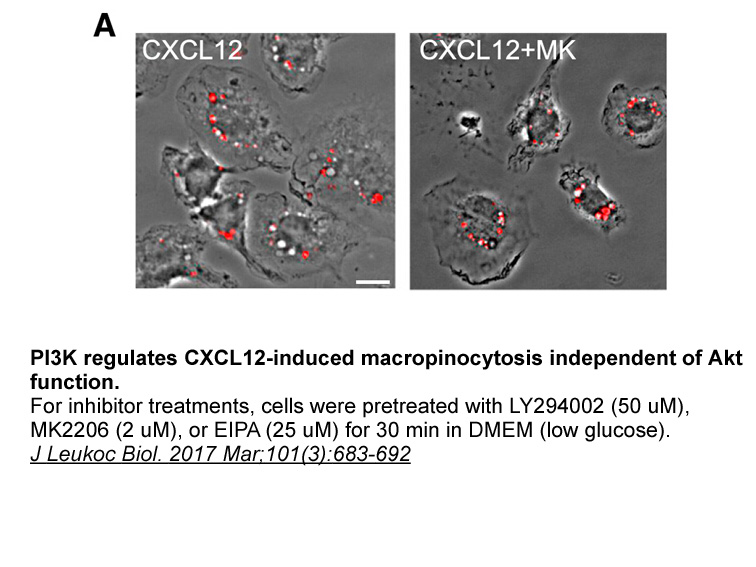
Mitochondrial dysfunction resulting from mtDNA abnormalities may trigger retrograde signaling pathways from the mitochondrion to the nucleus, which regulate the expression of genes involved in diverse cellular processes, including metabolism, stress responses, tumor progression, nutrient sensing, li
-
br Conclusion br Conflicts of interest br Acknowledgements
2024-08-23
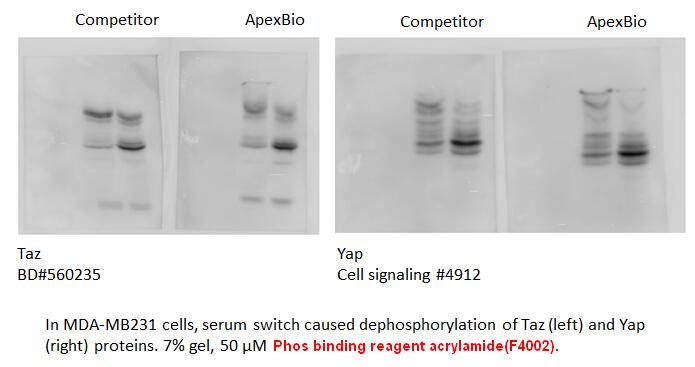
Conclusion Conflicts of interest Acknowledgements The authors are grateful to the Ministry of Food Processing Industries, Govt of India (V45/MFPI/R&D/2000 Vol.IV) and Department of Biotechnology, New Delhi, Govt. of India (BT/475/NE/TBP/20132), American Bamboo Society and Ned Jaquith Founda
-
HMGN proteins are subject to
2024-08-23
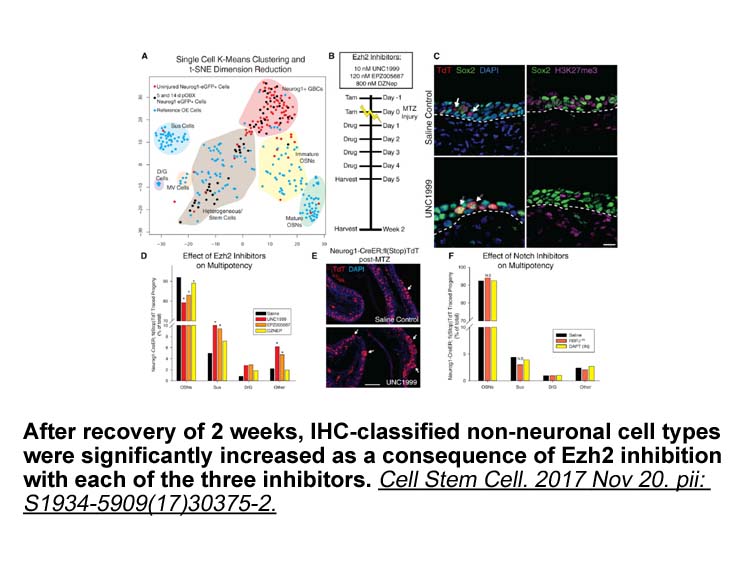
HMGN proteins are subject to extensive post-translational modifications which influence both their mode of binding to ESI-09 synthesis and their functional activity. Like the other HMG protein families, HMGNs are substrates for many of the same enzymes that modify histone proteins (review in [175])
-
Furthermore a study in Drosophila has reported that Dpatj ca
2024-08-23

Furthermore, a study in Drosophila has reported that Dpatj can interact directly with Dmpar6 providing another potential mechanism linking the Crb to the Par complex [163]. In contrast, Wang et al. in 2004 [63] have shown that at least in MDCK epithelial cells, PAR6 binding to PALS1 interferes with
-
br HIF Blockade in AA
2024-08-23

HIF-α Blockade in AA Therapy In lieu of the evidence supporting a central role for HIF-α signaling in tumor angiogenesis and CC pathobiology, significant efforts have focused on the discovery of small-molecule HIF-α inhibitors (for exhaustive compendia, see [28,44,45]). In brief, inhibitors vary
-
A number of studies indicate the involvement
2024-08-23

A number of studies indicate the involvement of the classical AR or a splice variant that translocate to the membrane, via a palmitoylation mechanism, similar to ERα (Acconcia et al., 2005, Acconcia et al., 2004, Acconcia et al., 2003), since AR equally contains the required nine amino Aloperine pa
-
br Introduction The development and plasticity
2024-08-23
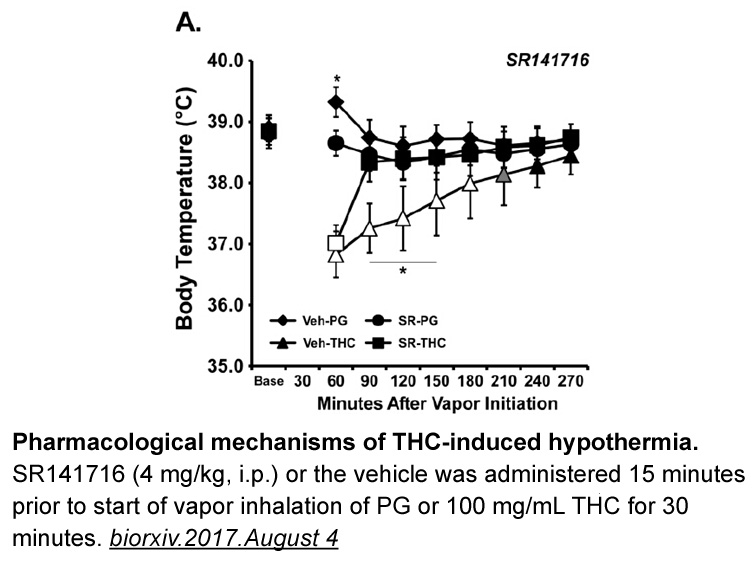
Introduction The development and plasticity of synapses involve the timely recruitment of a plethora of proteins on both pre- and postsynaptic sides through ill-defined mechanisms. At excitatory synapses, two of the major proteins that are dynamically recruited postsynaptically are the Ca2+/calmo
14738 records 101/983 page Previous Next First page 上5页 101102103104105 下5页 Last page